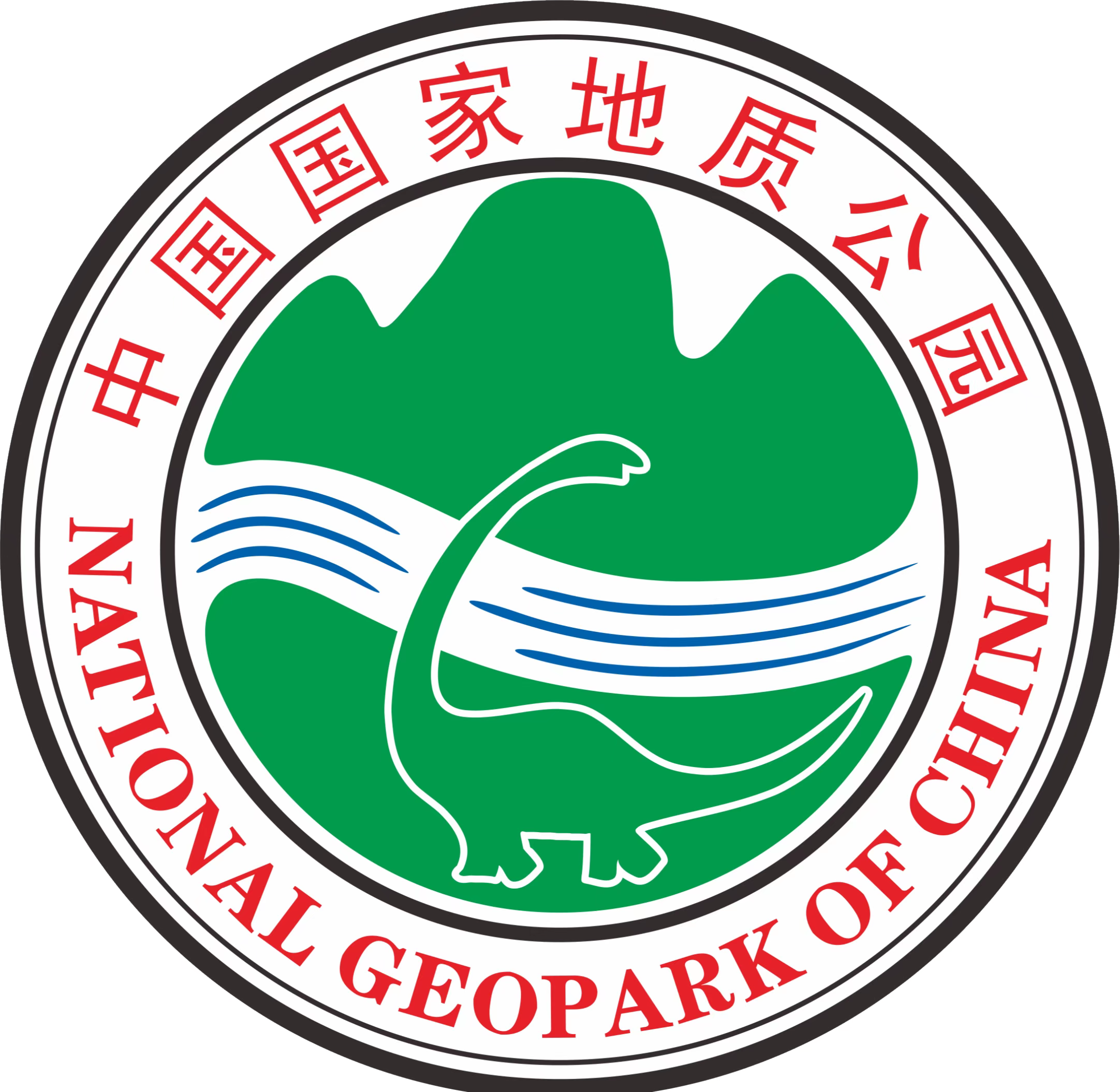Zhangshiyan landform is one of the three major sandstone landforms in China (Danxia landform and Zhangjiajie landform). It is a new type of landform established by Geomorphology based on the classification of lithology. It is mainly formed by thin layers of weather-resistant sandstone and shale. It forms many cliff walls that stretch for several kilometers, and triple cliff walls, which are mostly composed of red quartzite, except for the limestone at the top. The Zhangshiyan landscape is mainly characterized by continuous Danya long walls, curved and connected Ω shaped valleys, and an open canyon at one end.
The Zhangshiyan landforms are mainly found in the central and southern sections of the Taihang Mountains in Hebei, Shanxi and Henan provinces, with the Zhangshiyan Scenic Area in Zanhuang County being the most typical. Since the Cenozoic era, tectonic movements have continuously uplifted the Taihang Mountains, resulting in a strong topography difference between the eastern and western sides, which has powered the geomorphological plasticity of the Taihang Mountains region.
The development of the Zhangshiyan landscape is divided into four phases:
Phase I: The stage of rock ridge retreat and crevice development (embryonic juvenile stage)The limestone rock layer at the top layer undergoes overall retreat of the rock wall due to erosion, excavation, and unloading collapse at the edge and bottom, resulting in the exposure of underlying quartz sandstone and the development of wedge-shaped stone fractures that cut across the eroded rock mass at its edges. The retreat of Zhangshiyan Yanling is actually a process of limestone landform formation that can create conditions for the development of quartz sandstone slopes.
Phase II: Lane Valley Development - Formation Stage of Nested Valley (Youth Stage)The development of stone fissures rapidly expands into barrier valleys, and secondary alley valleys are formed by the development of stone fissures on both sides of the stone wall, forming a set of valleys.
Phase III: Sets of valley development - formation stage of Fangshan and Tazhu (mature period) At this stage, the barrier valleys eroded downwards to form a layered set of valleys, while the extension and expansion of secondary alleys cut off the partition walls between the barrier valleys to form square mountains and tower pillars.
Phase IV: Development of Fangshan and Pagoda Pillars - Blocky Residual Hill Stage (Elderly) At this stage, the Fangshan, Pagoda, and Paifeng further eroded the slope surface to form slender column peaks. Eventually, the columnar peaks collapsed to form clumpy residual hills and large rock accumulations.




